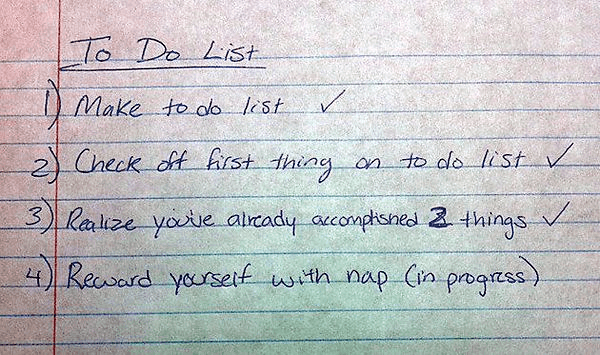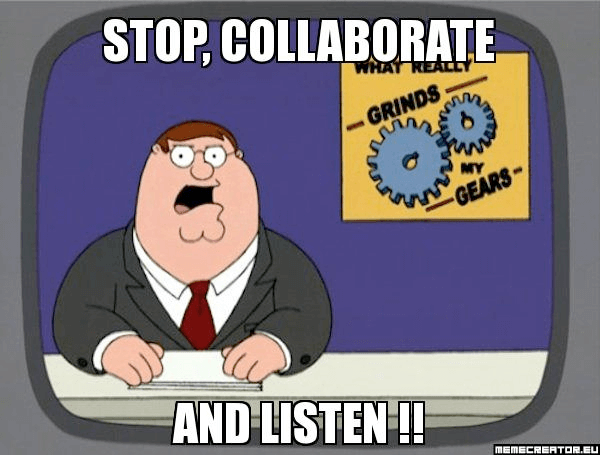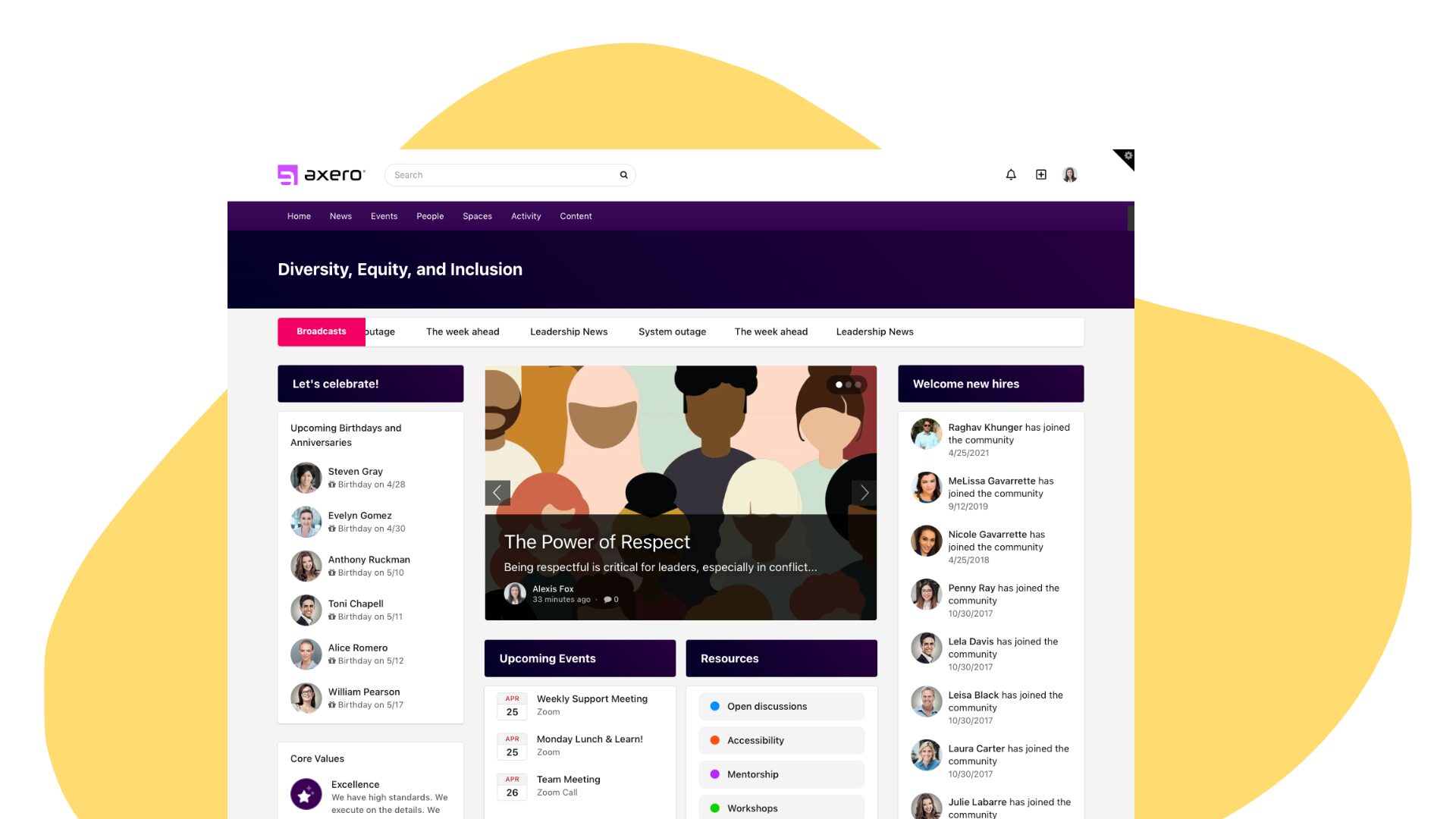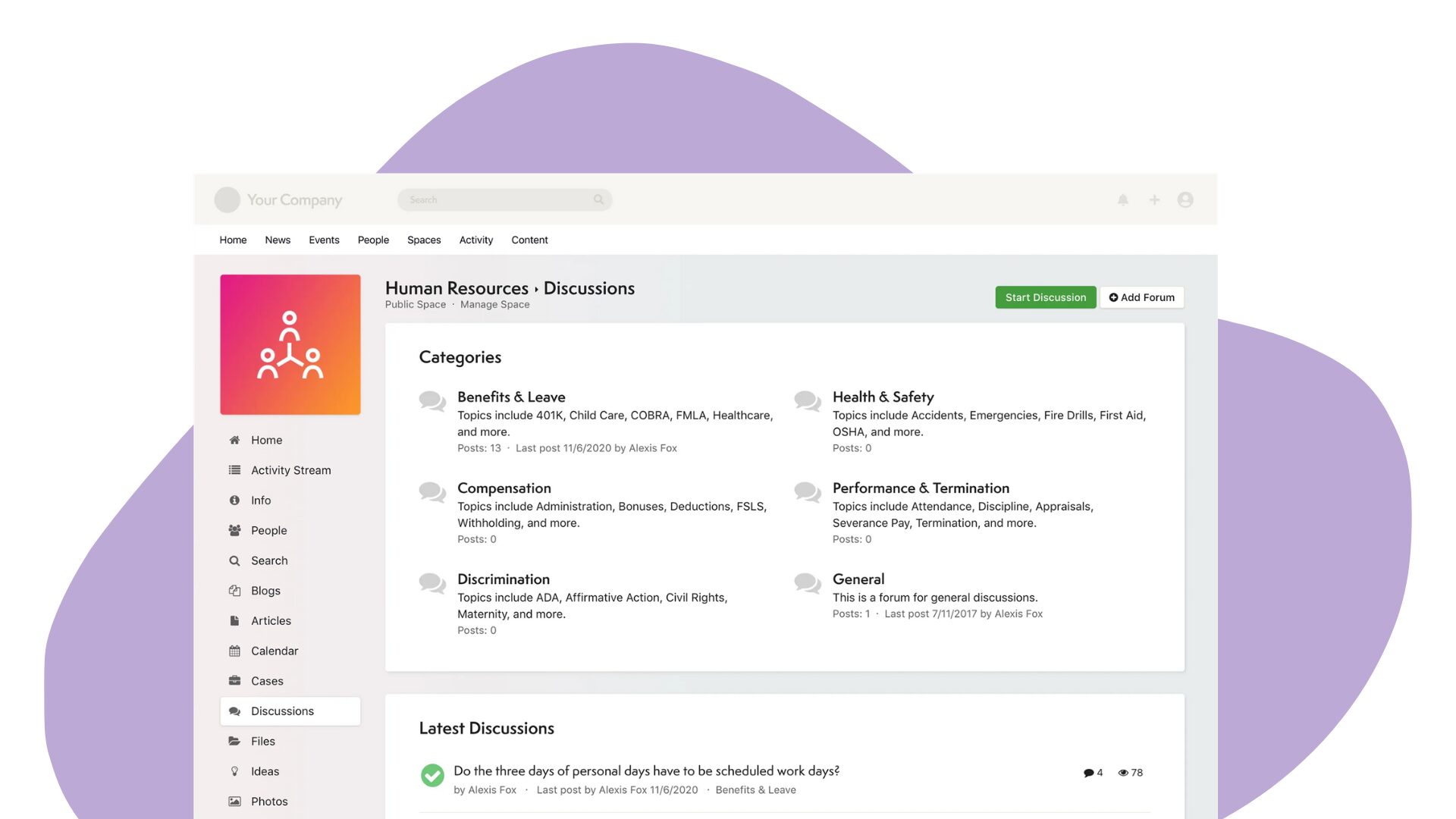Mastering the art of multitasking has never been as important as it is in today’s world. While taking on too many things at a time can lead to burnout, the days in which nurturing a single task and letting everything else fall by the wayside was common practice are over.
Succeeding in this crazy mixed up world we live in requires us to wear many hats, often tackling a variety of projects and tasks at the same time.
Nobody wants to bite off more than they can chew, but the more you can handle effectively at once, the better your chances will be of finding success and increasing your productivity at work.
There are plenty of ways in which you can improve your multi-tasking capabilities, and you don’t necessarily need to reinvent the ways in which you work in order to do so.
Here are just a few effective tips how to multitask to help you get the ball rolling.
1. Define All Your Tasks Ahead of Time
When you’ve got a lot on your plate, it can be tempting at times to simply jump right into things without thinking. Skipping the planning stage is one of the biggest mistakes you can make when attempting to move between multiple projects.
Defining your tasks ahead of time is essential and will save you a mountain’s worth of headaches. There’s more to it than simply filling out a “to-do list,” however — the devil is in the details.
Before you set out to work on executing any particular project or task, you should always create a plan that you can use as a guideline for getting the job done. If you spell things out properly, you’ll be able to go back and touch upon your plan when need be. Having something to refer back to is extremely important when moving between projects, as you might need to change voice/tone and other aspects of your style.
2. Never Take on More than 3 Tasks at Once
The very definition of multitasking is to work on a number of projects at the same time, and it’s certainly something to strive for. Take on too much and you’re bound to lose focus. Remember that quality over quantity is the name of the game, even if you’re striving to get as much work done as possible. For this reason, you should never work on more than 3 projects or tasks at a time, no matter how simple or complex they might be.
Think of your multitasking workload as a trio of jobs, each of which has its own priority. Many people find it effective to follow the “snowballing” method of handling numerous tasks at once, starting with the most important and devoting 70% of their time and energy to it until the task is completed. Once this point is reached, do the same for the next important task until all three are wrapped up. It’s not a technique that will work for everyone, but it can be quite effective for those who subscribe to this type of workflow.
3. Use Collaboration Software
One of the most difficult aspects of handling a variety of tasks at once is keeping everything in order. When you move between tasks, details can often overlap, resulting in confusion and a great deal of potential problems. Everyone has their own unique methods of juggling tasks and details, but there’s no better way to do so than to utilize project intranet software. If you’ve been using a variety of different tools to handle your projects thus far (which almost always leads to some sort of frustration), you’re in for a real treat.
Project collaboration software allows you to store and access all the information, documents and files that you need in order to complete a particular set of projects. You can set priorities, add notes, associate each project with a particular client and more depending upon what you end up using for software. Perhaps best of all is the fact that there are a few very powerful project web-based project management systems that are available free of charge — Apptivo, for example. There are, of course, a handful of programs out there that require one to pay subscription fees, but they’re well worth the costs if you’ll be using them on a regular basis, and you will.
4. Work with Others as Much as Possible
It’s common for business-minded individuals to take on as much as possible on their own. After all, it takes a certain kind of mindset to be successful in the professional world, and project leadership is often a big part of the equation. Even the best in business, however, know that collaboration is key, especially when tackling a variety of challenges at once. It can be difficult to step out of your comfort zone, but the results you’re likely to see will be enough to change your mind about handling everything on your own.
The major rule of thumb when collaborating with others is to have a thorough understanding of what it is that they’re good at and apply their skills to the project, while sharing ideas with one and other (an excellent example of how to increase employee engagement). If you’re working on something tech-oriented, for example, you’ll get a lot of mileage by calling on someone who is IT-minded to help you reach your goals. Creating a detailed plan that delegates specific tasks to each individual involved is also important, as doing so will decrease the chances that any confusion or issues might occur. Most of all, only enlist those who you consider to be trustworthy when putting together a team — you don’t want to run into any unexpected problems midway through a project.
Solving more than one challenge at a time requires you to be extremely flexible in your workflow, and it’s not the type of thing that comes together without a fair amount of practice for most people. With a little practice, however, you’ll find that your multitasking skills will only improve.
















 info@axerosolutions.com
info@axerosolutions.com 1-855-AXERO-55
1-855-AXERO-55


